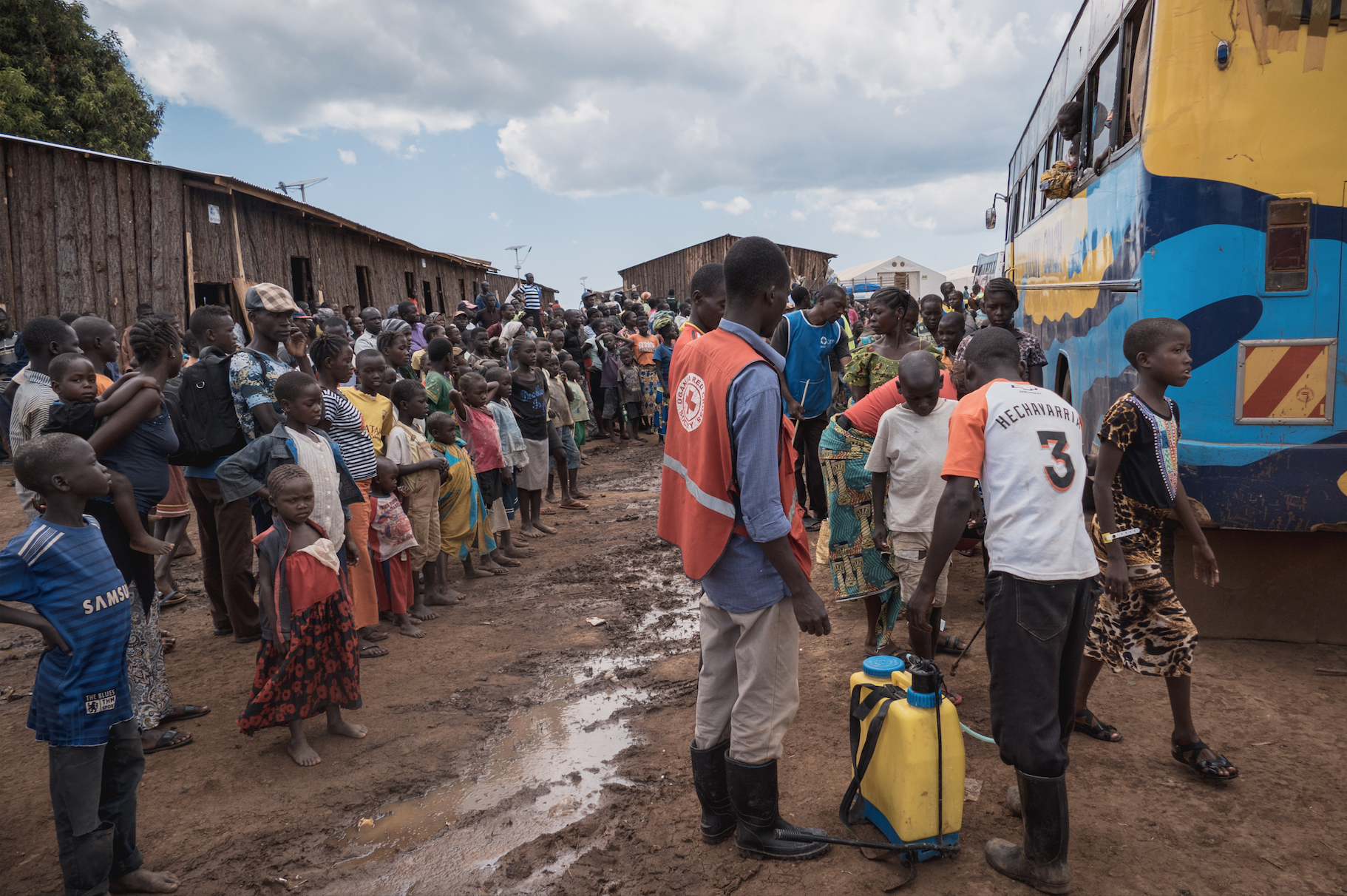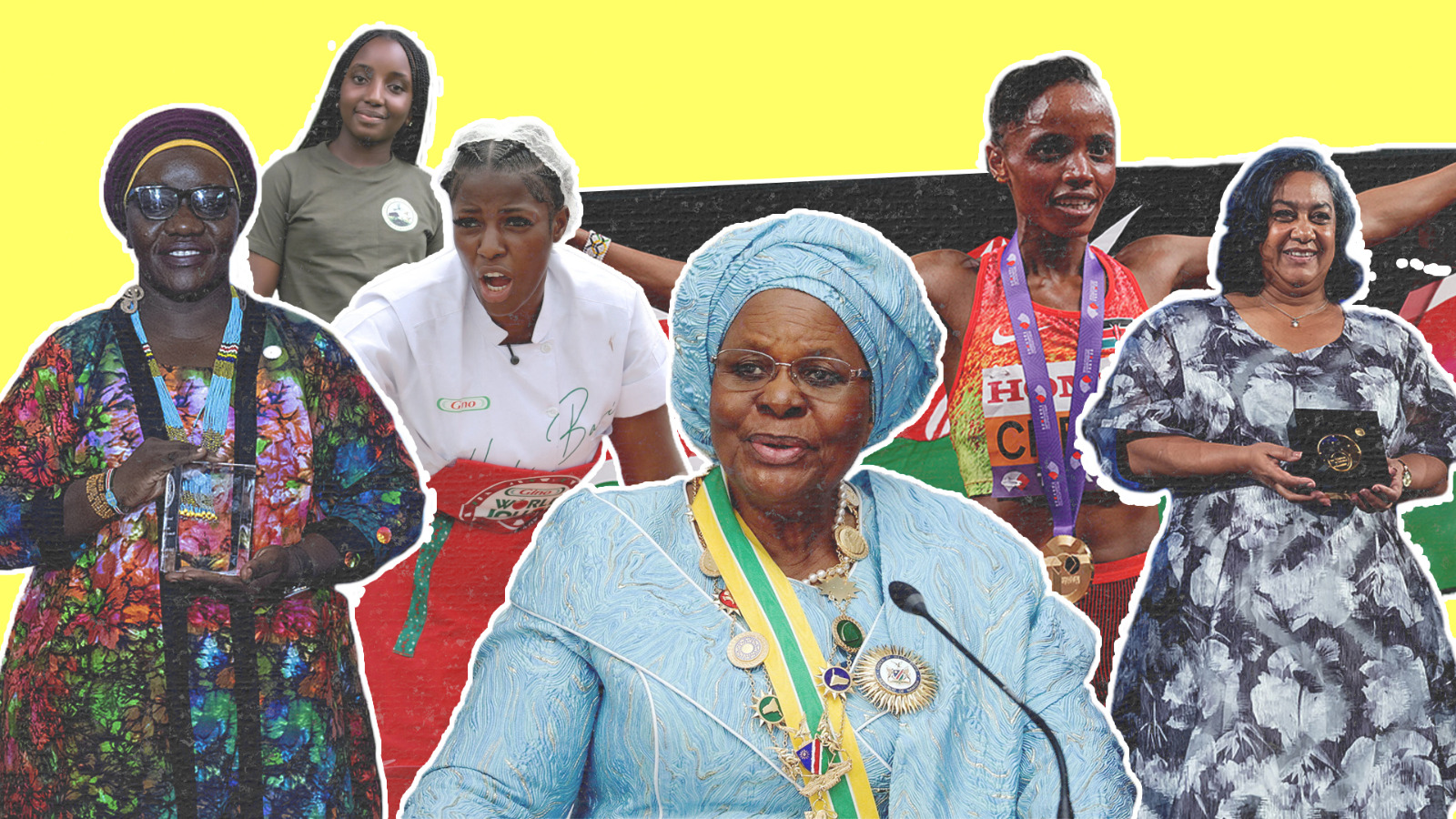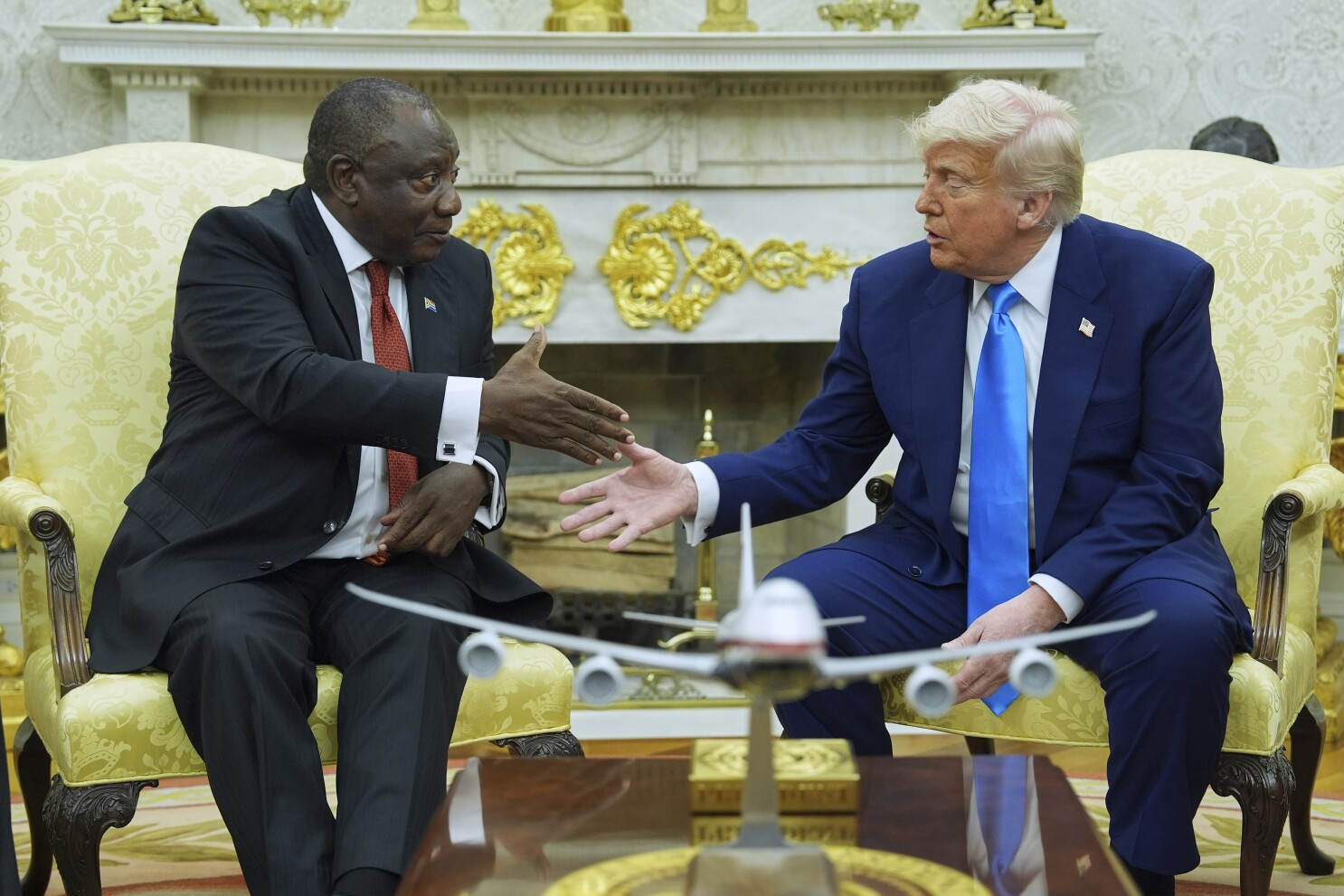
UN: Poverty, conflict push up number of unvaccinated children

Nigeria has been cited as one of the countries in the world with a high number of under and non-vaccinated children at 3 million.
According to the studies undertaken jointly by the World Health Organization (WHO) and UN Children’s Fund (UNICEF), 10 countries accounted for 11.7 of the 19.4 million under and non-vaccinated youngsters in the world.
Other countries doing badly include India (2.6 million) and Pakistan (1.4 million).
This even as statistics point to a grim picture where global protection against four diseases that are regarded as a gauge of overall coverage – diphtheria, tetanus, pertussis and measles – has “stalled” at around 86 percent for the past nine years.
UN health experts want governments to scale up vaccination coverage and aim for 95 percent. They said only 118 countries achieved a 90 percent coverage threshold in 2018.
“Vaccines are one of our most important tools for preventing outbreaks and keeping the world safe,” said Dr. Tedros Adhanom Ghebreyesus, WHO Director-General.
He further said that while most of the world’s children are being vaccinated, “far too many are left behind…It’s often those who are most at risk – the poorest, the most marginalized, those touched by conflict or forced from their homes – who are persistently missed.”
The best performing region in vaccination coverage in 2018 according to the data is Europe whose more than 90 percent rate was 18 percent higher than Africa, the lowest-performing region.
UN report said that of the 19.4 million children globally who have not received three doses of vaccine to protect against diphtheria, tetanus, pertussis – two-thirds didn’t even receive an initial dose.
Most unvaccinated children come from the world’s poorest countries with conflict-affected states also contributing to the high numbers.
Approximately half of those children are located in 16 countries: Afghanistan, the Central African Republic, Chad, Democratic Republic of the Congo (DRC), Ethiopia, Haiti, Iraq, Mali, Niger, Nigeria, Pakistan, Somalia, South Sudan, Sudan, Syria and Yemen.






